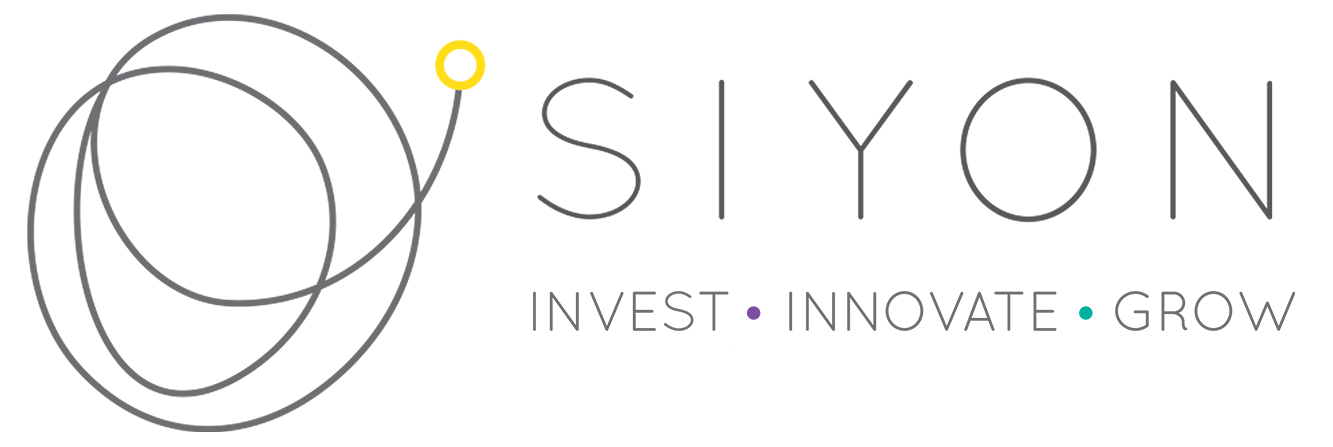We are in unprecedented times. The global economic climate is under immense pressure and will continue to be for the foreseeable future. As we all grapple with the implications of lockdown on our relationships, financial security and business survival, new realities emerge.
Silver Linings
Innovation flourishes in times of constraint. Mostly because we struggle to justify the effort required to innovate when there seems to be no need to do so. When the certainty of our business survival comes into question, the risk vs reward trade-off shifts dramatically. Enter urgent innovation.
COVID Endgame Scenarios
Before we jump into all the potential the future holds, let’s run through some scenarios for the end game. How does COVID end, and what are the implications for the world of business.
The interconnectedness of our economies requires a concerted global effort for a lasting recovery. Any isolated victories will protect the citizens in that region but have only a localised impact on the economy. This plays out in several ways:
1.All countries simultaneously eradicate COVID-19. No new cases are reported for a significant period (likely three weeks to accommodate incubation periods) and business resumes as normal. I am sure we can all agree this is highly unlikely if not impossible. All states are in various places on the curve with different trajectories.
2. A derivative of this scenario is a more measured approach. Countries eradicate the virus and declare themselves virus free. This gains you access to the growing community of virus-free countries. These countries enable travel and economic activity only between virus-free countries. It is a viable option that creates incentives for countries to eradicate the virus quickly to reengage global commerce.
It is heavily dependent on watertight border control. As a result, many countries are excluded due to border leakage risk with neighbouring, infected nations. This may result in stronger nation-state control and more stringent regulations for cross-border business.
3. This leads us into a third scenario. Nations are forced to become self-reliant. Activate initiatives to become more food and critical service secure leaving their economies less vulnerable to lockdown trade constraints. This is likely to happen to some extent in most scenarios. It might perpetuate to an isolationist approach where global trade significantly reduces to only geographically dispersed resources such as oil and metals.
This will offer significant opportunities in the local economies for innovation and production but is likely to introduce constraints for access to broader markets. It may also lead to stockpiling of essential resources and products, specifically non-spoilable goods. Food security will remain a primary concern. This market is likely to enjoy greater global collaboration. Simon Mair’s article for Singularity Hub on the political realities here.
4. Herd immunity. Some countries considered this alternative for a brief period, like the UK. It entails exposing the population to the virus in the hopes that immune systems learn and fight the virus successfully. This approach worked in the past, with some other pandemics, but at a huge human cost. After running the number, the approach lost its appeal and is unlikely to be a viable alternative unless left with no other choice.
5. This leaves us with a Vaccine. Although there is progress on this front, the initial breakthrough is only the first, and quickest step in a lengthy process. In a survey conducted by Peter Diamandis’ Futureloop, the sentiment seems to be that the vaccine will be ready by December 2020. This positive outlook is encouraging but likely ill-considered.
Medical professionals and Virologists seem to be of the opinion that a vaccine is at least 18 months away according to this article by Ed Young of The Atlantic. The implications of such a timeline are that we are unlikely to eradicate the virus through lockdowns until a vaccine is available. In the meantime, we are likely to go through lockdowns intermittently. Every time a flare-up occurs, likely since the virus is evolving, similar to the seasonal flu, and may not render previous hosts immune to new strains, a lockdown is enforced.
Once this tapers off we resume business as usual until another flare-up occurs. This seems the most likely scenario, potentially with some derivative of scenario three that may come into play in the way different nations approach the pandemic.
Business Impact
No matter which scenario plays out, the world of business will be forever changed. There is a school of thought that suggests a pendulum effect. We are moving to the opposite side during the crisis only to return to the status quo. This is a reassuring thought, hunker down and survive, all will be normal soon. It is also unlikely.
Pendulum theory is an accurate predictor for disruption when the fundamentals remain the same. The world has now faced a crisis it has never faced before. We knew it was coming, and have been predicting it for some time (Check out this TEDtalk by Bill Gates from 2015) and yet, in our behaviour, we have not taken it seriously. This event will radically change our approach to hygiene, responsiveness, medical supply chains, global cooperation, and nation-state security. The fundamentals are different.
A new status quo is in order. We do not know quite where it will settle, but we can make some educated guesses.
Businesses will need a more responsive, flexible chassis to maintain manoeuvrability. This will affect IT infrastructure, Human resources and management practices as well as innovation and design as ingrained abilities rather than insourced services.
Reducing Overheads
Businesses are likely to decrease operating costs to reduce the income required to float. Some of this will be achieved by reducing office space. The isolation presented an opportunity to test remote working. It has long been a possibility, but the pain of introducing it outweighed the perceived benefit. Constraints forced innovation. Some staff would be able to continue working on this basis indefinitely. We are likely to see forward-thinking companies keep them homes based while bringing staff whose physical presence is required back to the office.
We are also likely to see a reduction in personnel. Organisations will keep only core resources on staff. Everything related to competitive advantage will be insourced into payroll. All other competencies are likely to be outsourced over time. This allows the opportunity to switch it off when uncertain times approach, reducing costs and protecting salaries and sustainability.
Innovation Culture
The key ingredient in organisational responsiveness is the speed at which organisations become smarter. This involves tapping into the smarts of the employees. It’s a complex task that requires strong systems infrastructure, solid organisational culture underpinned by healthy, collaborative values, and exceptional communication channels. Trust cultures will become a key competitive advantage. So will collective innovation.
Customer-Centric Design
A key risk in this new world is the fast-changing needs of customers. Purchasing behaviour will change as we all change the way we live. Allocation will shift radically. Proportionally we are likely to spend even more on basic needs, which will include bandwidth. A new way of social engagement will evolve. So will hygiene, transport, vehicle sales experiential products such as tourism and lifestyle services.
The changing needs of our customers will require forward-thinking solutions to pre-empt not the pain points, but the desires that are likely to evolve as a result. Intermittent lockdowns will introduce significant fluctuations in cashflows for some industries and stock management for spoilable goods will become even more complex.
Continuing Operations
Perhaps the biggest challenge in the new world will be to continue operating through intermittent lockdowns of indeterminate length. Organisations with the ability to migrate on-line wholly or partially will be less affected. Non-critical services or products in the manufacturing or retail space will be hardest hit, and as a result, commercial properties.
Business model innovation will become critical. Reduction of overheads will alleviate some of the pressure, but new smart ways of doing business, pricing, seasonality, and staff cycles will need to be considered.
Harvard Business School perspective on the Business Impact here.
In Closing
It’s a brave new world. The opportunities are equal to, if not more than the challenges we face. In this time, I encourage you to consider your consumption patterns. You will discover you use much more than you need. Reducing the base level gives you a long breath. You can consume as much as you want during times of abundance. You want the option to tick over during the winter. So does your business.
Spend time with family. Invest in quality relationships. Let’s make the world better.
One truth still rings true. We will all thrive if we choose to do it not as rivals, but as friends.
PS. As a dedicated reader of this blog, we developed a survey to waterline your business readiness. Find the survey link here. Completing it will also give you access to a free consultation with a member of our team of experts to chat through your risk factors.
An outside perspective is always useful.


